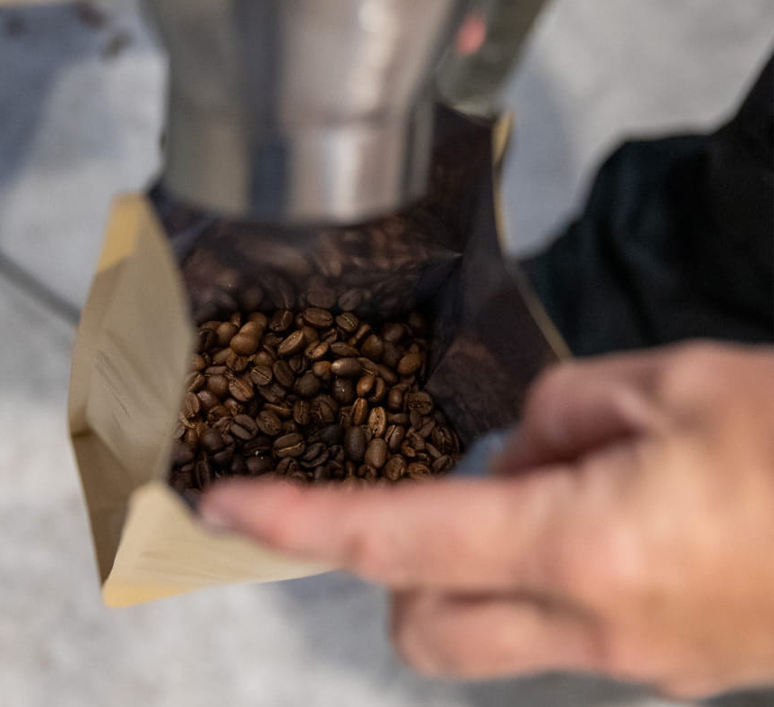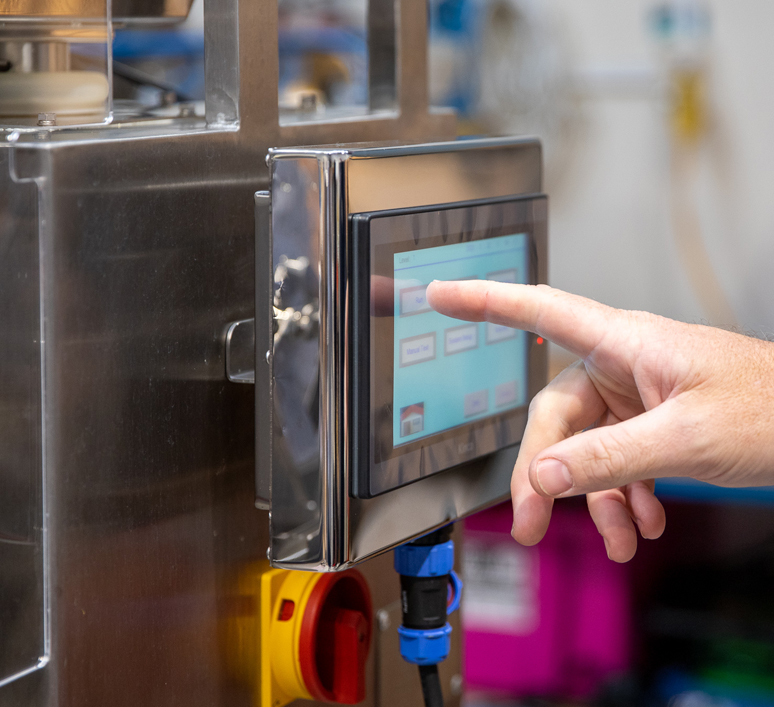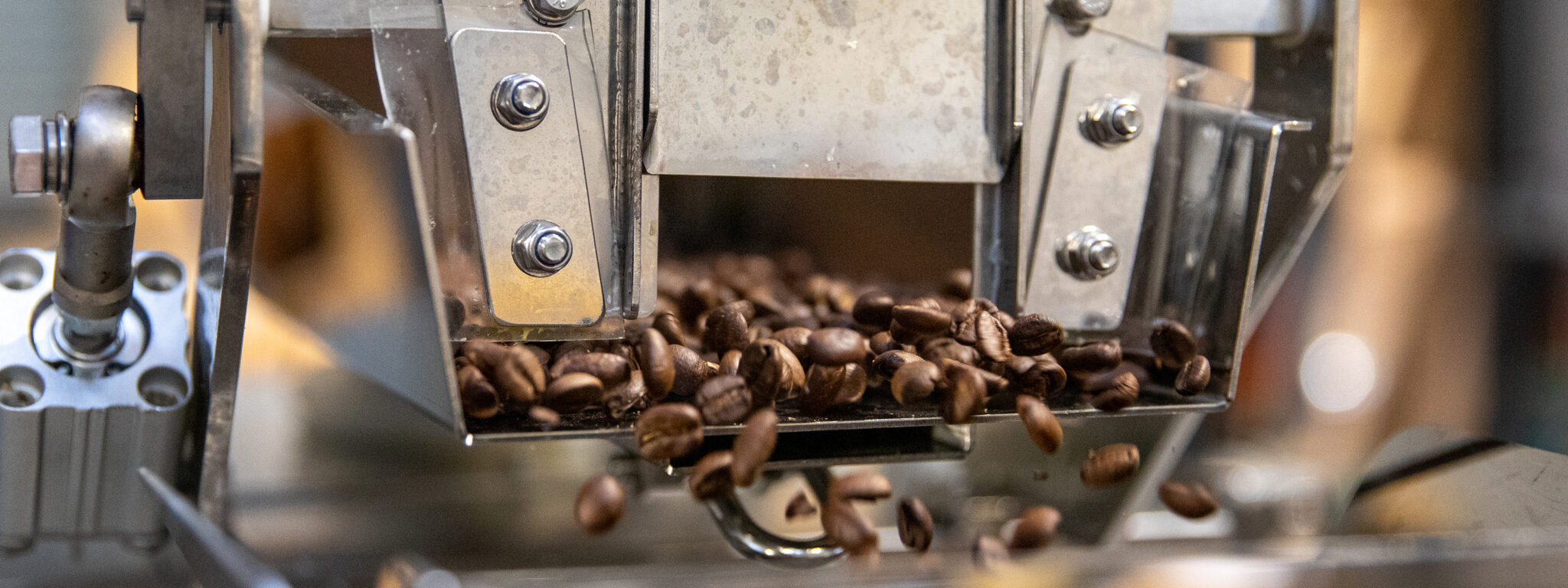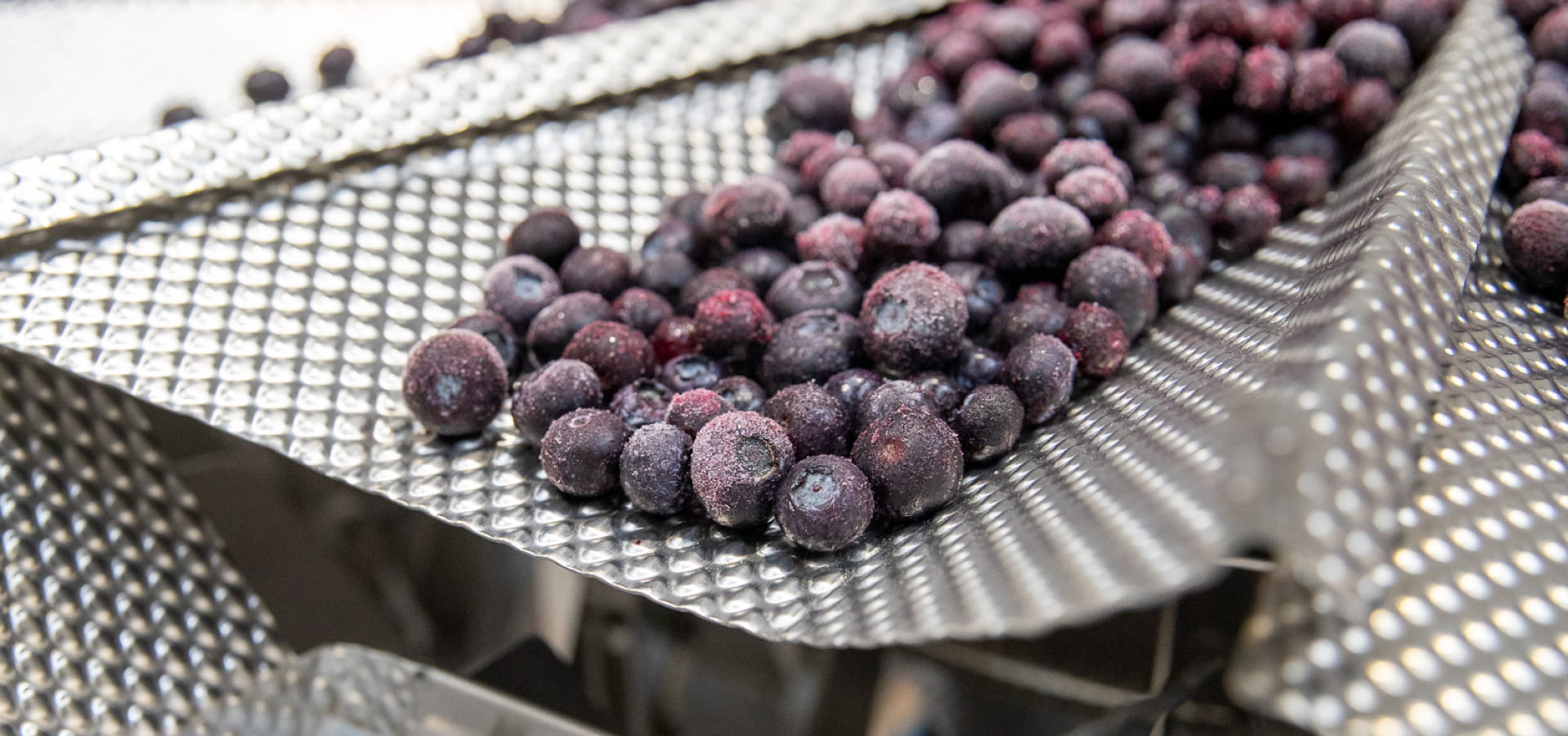Havana Coffee is an iconic brand, born from Wellington’s Cuba Street coffee revolution 30 years ago. Today, demand for specialty blends and artisanal roasts in New Zealand has skyrocketed. Havana has had to adapt to meet this growing wholesale and retail demand.
Two years ago, they opened a new roasterie in Auckland to scale production. Here, they used a new packaging process to triple their bagging throughput while maintaining the quality of their coffee. In this case study, we look at how Havana managed to maintain freshness and small-batch production, while scaling production volume.
The packaging problem
It’s a common problem for coffee roasters. How do you keep the beans fresh and preserve flavour during the bagging process?
Most artisanal coffee roasters only produce small batches to minimise exposure to air and moisture. They quickly bag up each batch and move onto the next roast.
To keep up with demand in 2022, Havana Coffee needed to increase their packing speed, and make the weighing process quicker in their new roasterie, so they asked us for some advice.
“Like many small roasteries, the weighing process was being done manually on scales,” says Clark Dury, Managing Director for Accolade Packaging.
“We showed them options that could achieve faster packout speeds, but also give them the flexibility to run three different packaging sizes at the same time for one batch without big changeover times.”
Manual processes, low throughput

The packing team were manually scooping and weighing the beans, then using foot sealers to seal the bags, and a hand-held best-before date coder to complete the bagging process.
This very manual process only yielded 2-3 bags per minute.
With three lines running, they were achieving a rate of about 6-9 per minute.
“It was hugely time consuming,” says Clark.
“The scooping process on its own was laborious, and required adding and removing beans by hand until they reached the correct weight on the scales.”
How they solved it
The Havana production team reviewed all of their options and decided that a semi-automated system would be ideal.
They opted for three single lane linear weighers, and three MEC Vertical Band Sealers with inkjet coders custom fitted.
“This semi-automated approach gives them the flexibility that they want,” explains Clark.
Now they can run 1kg bags on one line, 500g on the second, and 200g on the third, for instance, all with the same roast. They don’t have to change the roast and can do three different weight bands in the same packing run or the same batch run.
“It’s not fully automated, but it does save them a massive amount of time,” he says.
Semi-automated system for speed and flexibility
What does the new system look like in practice?
The three different lines are the same, with the same number of staff on each line:
- After the beans come out of the roaster, the packers put the cooled beans into the hopper, and begin bagging with an open pouch by tapping a foot pedal.
- It automatically fills and doses the right weight into the bag.
- Then the packer puts the bag through the band sealer beside them, which prints the best before date code on and seals the bag at the same time.
“The system is perfect for small to medium sized roasteries because they’re only batch producing small quantities, and doing it frequently because it has to be fresh,” says Clark.
It also means that they haven’t overcapitalised as a small business.
“There’s always an option to fully automate but you need to have the volume for it to be worthwhile,” he explains.
Why not a fully automated system?
 Fully automated packaging systems aren’t as flexible as semi-automated systems. For small batch production like coffee beans, nuts, or frozen fruit a semi-automated system usually makes more sense, unless the producer is packing large quantities.
Fully automated packaging systems aren’t as flexible as semi-automated systems. For small batch production like coffee beans, nuts, or frozen fruit a semi-automated system usually makes more sense, unless the producer is packing large quantities.
“With a fully automated machine, you can just do the one batch. And then you’d have to stop, change all your pouches over, change the sizes over, and then run the machine again,” explains Clark.
There’s a high capital cost in fully automated machines, too. So it makes sense if you’re a larger business producing large volumes and need the throughput, but not cost-effective or flexible enough for batch artisanal producers.
The result
Our engineers went to the facility in Auckland to install and train the staff, configure the machines and set the programs the same on each unit, so they could mix and match as required.
We custom made the hoppers to suit the sizes they wanted to fill with, and we custom built the loading spouts to suit their pouch sizes.
Havana always uses biodegradable and compostable packaging where possible, which we support. We were pleased to be able to make custom changes to the packaging equipment to integrate seamlessly with those pouches.
More than 3x increase in speed
Now, with three units running, they achieve 30 bags per minute. A big improvement on the 6 to 9 bags per minute their old system delivered.
The packers no longer have to stand there, put the bag in, and push their foot down on the pedal, just to create the seal. The operator can now fill the bag with the conveyor running and the band sealer running above it. They simply feed the pouch in, then it runs through the machine, which also prints the date code at the end.
It’s a huge efficiency win for the Havana team. Now they can spend more time doing what they love. Roasting premium coffee.

